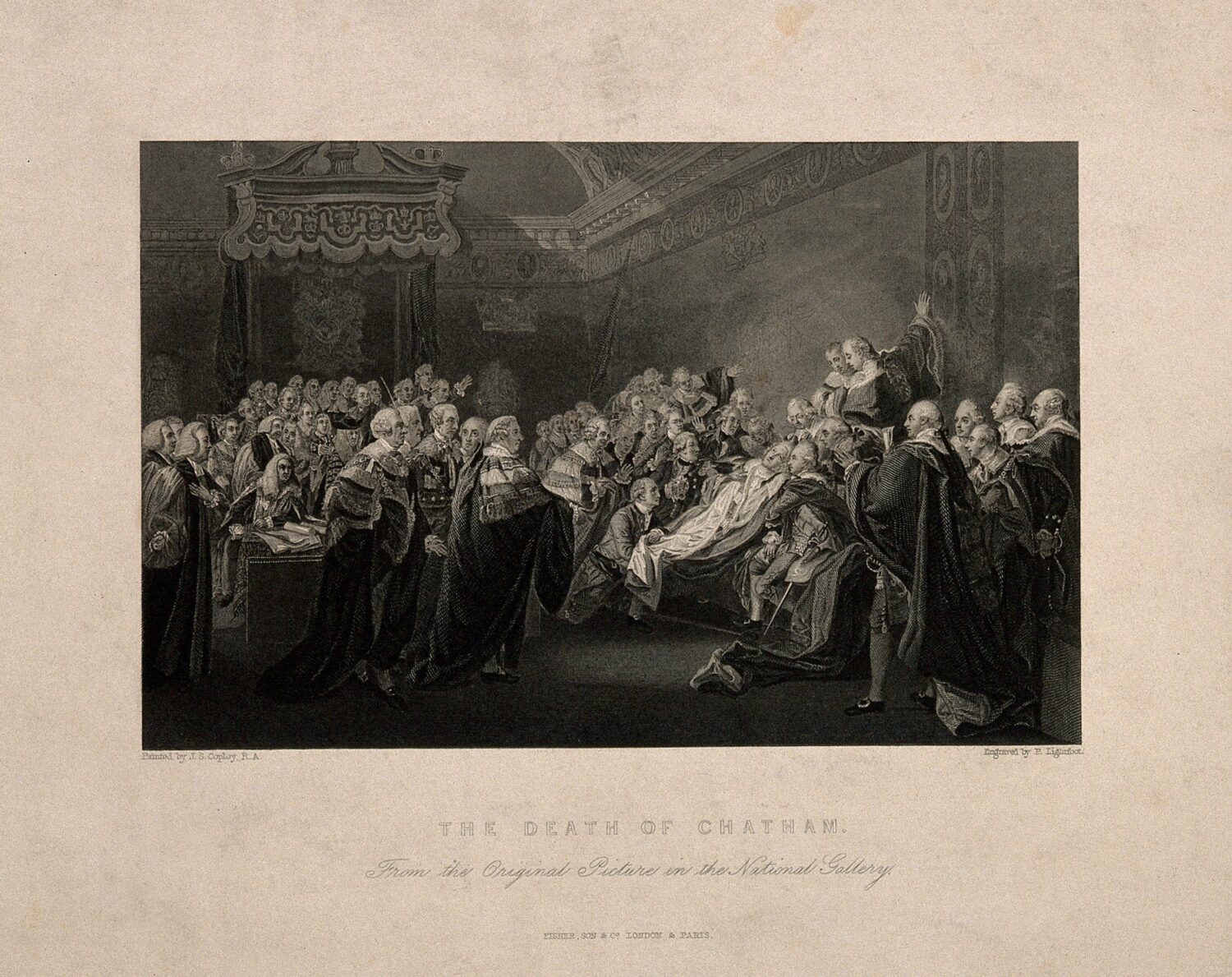

Robin Eagles
Editor of the House of Lords (1660-1832)
History of Parliament
One of the most admired features of the old House of Commons were the galleries erected by Christopher Wren in the late 17th century. Visitors appreciated their elegance and they provided much-needed additional space in the otherwise cramped conditions of the former St Stephen’s chapel. There have recently been new insights into these structures and the people who were able to gain access to them by Paul Seaward, and by the ground-breaking research of the St Stephen’s Chapel project.
Much less attention has been paid to the ill-fated galleries that were erected in the House of Lords on three separate occasions in the 18th century. Like the Commons, members of the Lords complained frequently of the conditions in which they were required to deliberate and of the occasional ‘inconveniences’ caused by MPs, members of the public and other interlopers attempting to gain access to their chamber. To solve this, under Queen Anne, George II and again under George III orders were given for the construction of galleries to increase the capacity of the chamber and offer privileged outsiders the opportunity of observing proceedings at a respectful remove.
On each of these occasions, the galleries survived for just a short time before being torn down. Unlike in the Commons, the members never warmed to the additions, complaining that they took away their light, or encouraged non-members to invade what they considered to be privileged space.
This paper will consider the circumstances under which these galleries were constructed, those in favour of the alterations and who argued strongly against. It will assess the practicalities of tacking on new structures to a chamber of largely mediaeval design and the response to the innovation more widely.
At the heart of the paper, though, will be the concept of privilege. Ever since the Lords had been restored in 1660 the question of their privilege had been to the fore in their deliberations. On numerous occasions there were complaints about non-members taking up space that should have been reserved for the Lords and Bishops and concerns about ensuring that the Lords were accorded proper respect and distinction when meeting with members of the lower house.
The construction of galleries revived the issue of the privileged space of the Lords and to what extent it was thought reasonable, or desirable, for non-members to observe the Lords’ proceedings. When the Commons finally gave way over press reporting of their debates following the Printers’ Case in the 1770s, it was noticeable that the Lords attempted to hold out for several more years before finally bowing to the changing circumstances. Thus, was the Lords’ objection to what should have been thought of as an improvement to their environment more to do with a consistent reluctance to adapt, and insistence on their continued exclusivity, rather than concerns about the practicalities of constructing ungainly structures within a confined space? Examination of the Lords’ galleries will provide a more complete understanding of the Lords in the period and how they viewed their role within Parliament.